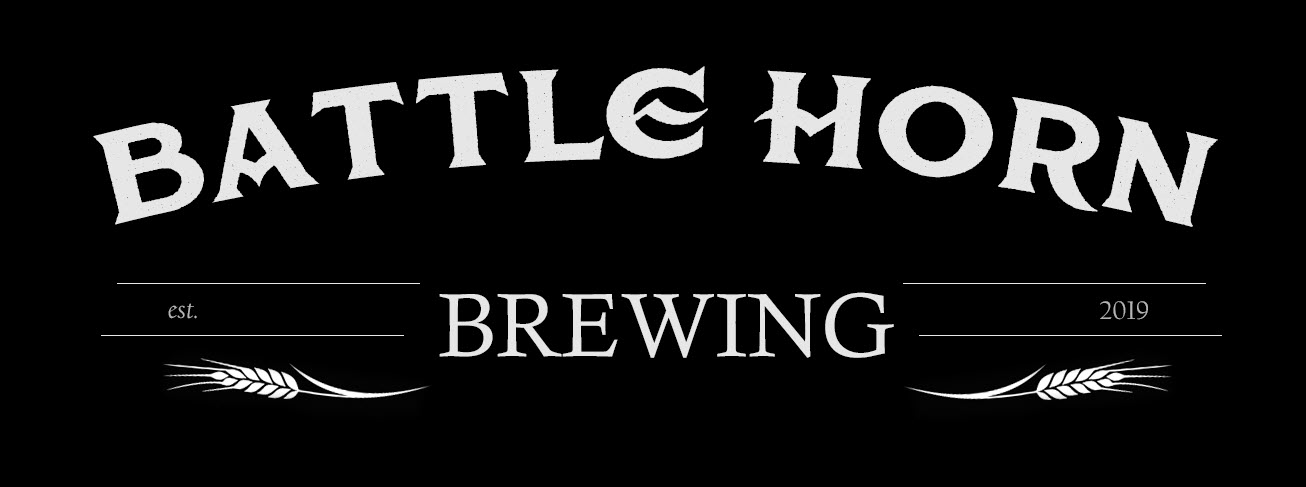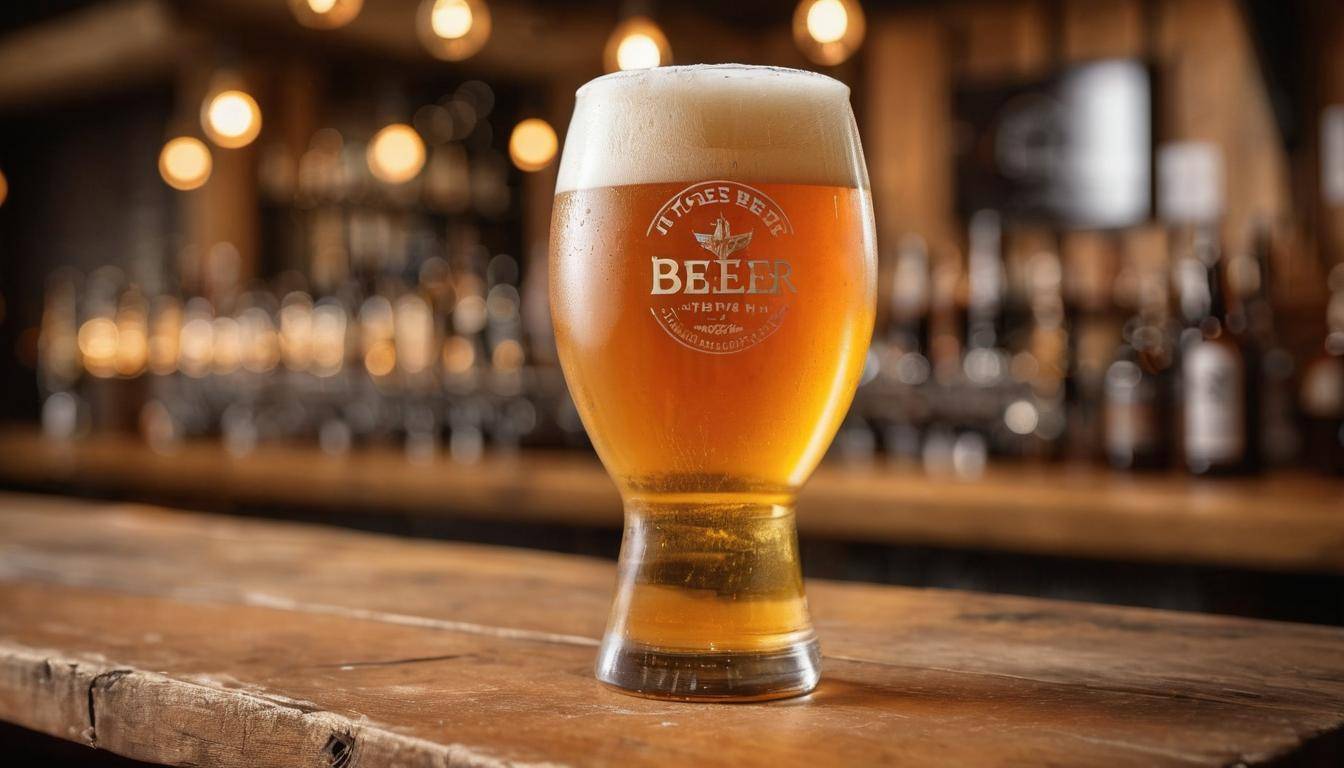
IBU stands for International Bitterness Units, a measurement that quantifies the bitterness of beer by assessing the concentration of bittering compounds derived from hops. The IBU scale typically ranges from 0 to over 120, with higher values indicating a more bitter flavor profile, helping consumers identify and select beers according to their taste preferences.
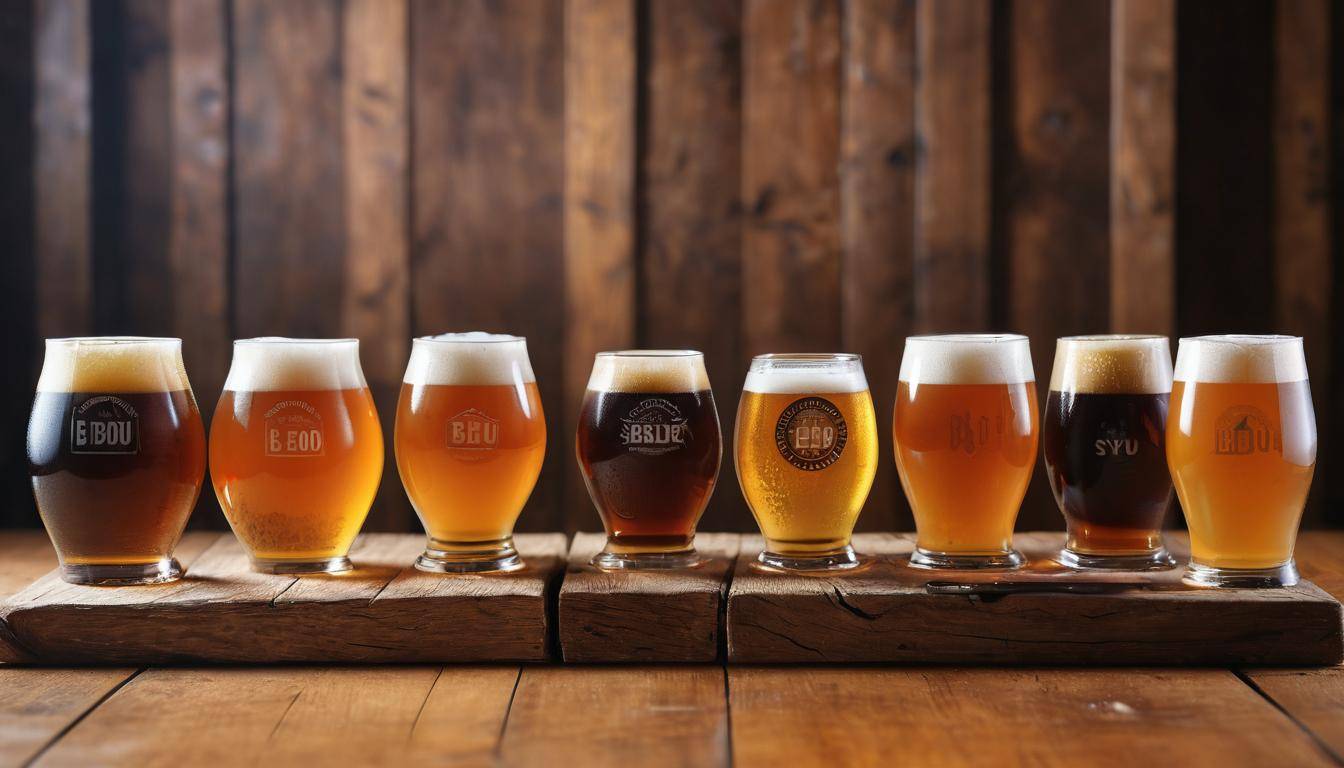
IBU: Defining the International Bitterness Units Scale
The International Bitterness Units (IBU) scale quantifies the bitterness of beer, assigning it a numerical value based on the concentration of bittering compounds derived from hops. Specifically, an IBU measures the parts per million of iso-alpha acids, or isohumulone, present in the beer. This measurement serves as a critical guide for both brewers and consumers, easing navigation through various beer styles, including the typically bitter IPAs, while enhancing the tasting experience, all while considering the impact of fermentation and abv on the final product.
Understanding this scale plays a major role in shaping preferences when selecting a beer. Beers with high IBU values—typically ranging from 70 to 100+—are known for their pronounced bitterness and are often favored in styles like Double IPAs and Imperial Stouts. Conversely, those with low IBU values, generally between 0 and 20, convey a much milder profile, common in lighter varieties such as light lagers or wheat beers. When you pick up a can or bottle, knowing how to interpret these numbers can enhance your enjoyment, guiding you toward flavors that suit your palate and understanding the full fermentation process behind each style.
Take Battle Horn Brewing’s “Hazy Direction,” for instance. With an IBU of 45, it strikes a delightful balance between its bitterness and fruity notes, complemented by a carefully controlled fermentation process and respective abv.
This understanding allows drinkers to better appreciate how various factors, including fermentation and abv, come together in brewing.
A key ingredient influencing the IBU is indeed hops, which not only add bitterness but also contribute aromatic qualities that define many craft beers today, including the ever-popular IPA, known for its distinct bitter beer profile. Recognizing how IBU values correlate with taste can refine your appreciation of different styles. Each sip becomes more than just flavor; it’s a layered experience filled with history, artistry, and a bit of science, all tied together through careful control of fermentation and monitoring of abv. The rating of each beer on these scales can guide enthusiasts as they explore the vast world of craft beer varieties, from those that feature the subtle sweetness of grains to those with bold bitterness.
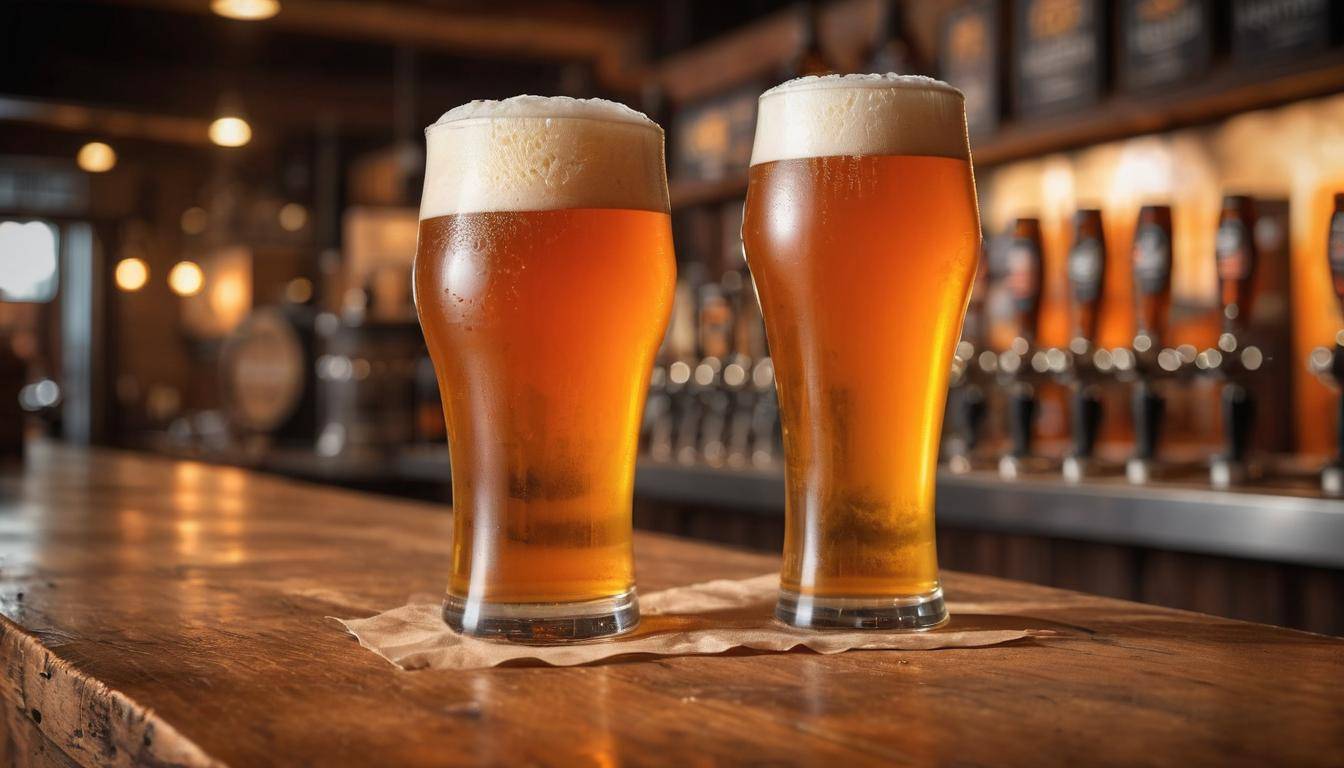
By grasping how IBUs work, craft beer enthusiasts unlock new levels of understanding that may even influence their choices at breweries or during tastings, making them more attuned to the subtleties introduced by fermentation and abv. The knowledge of how grains interact with hops during the brewing process adds another layer of complexity to the rating of each beer, revealing the full spectrum of flavors.
As we transition from bitterness measurements, it’s essential to explore the integral role that hops play in defining those very flavors and aromas that enrich every brew, further enhanced by the complexities of fermentation and the precise calculation of abv. The inclusion of grains contributes to a beer’s body and mouthfeel, complementing the bitterness and enhancing the overall balance in the rating process.
The Role of Hops in Beer Bitterness
Hops are more than just a lovely green addition to your brew; they are vital in shaping the flavor profile and bitterness of beers. When we speak of hops, we refer specifically to the flowering cones of the hop plant, Humulus lupulus. These little gems contain alpha acids, which during the brewing process transform into iso-alpha acids. It’s this conversion that delivers that characteristic bitter taste we’ve all come to associate with our favorite brews. Interestingly, the amount of hop used not only influences the bitterness, but also the overall alcohol content, as their acids interact with the sugars from grains that determine the final alcohol volume in the beer.
The magic truly happens when hops are introduced at different stages of brewing. Early in the boil, during the wort preparation, hops release their acids, imparting bitterness; later additions ignite aromatic compounds, enhancing the overall flavor profile without adding too much bitterness. This intricate dance allows craft brewers to control both the intensity and character of the bitterness within each batch. Understanding this process enables the brewer to tailor the body of the beer to their desired taste, creating a balanced blend of flavor, body, and alcohol content to suit varying preferences, all of which contribute to the final rating of the brew.
All hops aren’t created equal; different varieties contribute distinct levels and types of bitterness. This diversity allows each beer to offer a unique combination of flavor and body, influenced by the choice and blend of grains.
For example, Cascade hops offer a moderate level of bitterness but pack an aromatic punch that is floral and citrusy—making it a staple in American Pale Ales. Simcoe hops take things up a notch with a higher bitterness while introducing earthy and pine flavors—perfect for IPAs where boldness is celebrated. As a result, these carefully curated hop nuances along with the type of grains used create rich taste experiences that hold significant sway over our preferences and the overall rating each beer receives.
Our head brewer at Battle Horn Brewing has consistently emphasized that “selectively choosing and balancing hop varieties allows us to craft unique beer profiles.” This ensures that every sip not only reveals layers of flavor but also caters to those who appreciate varying degrees of bitterness, body, and alcohol volume. Whether you prefer mild refreshment or a tongue-tingling experience that challenges your palate, an understanding of hops and grains gives you insight into how each brew comes together.
Next, we’ll look closely at determining these bitterness levels to deepen our understanding of how they influence your beer experience and contribute to the overall rating.
Calculating IBU in Your Brew

Calculating the International Bitterness Units (IBU) of your brew isn’t as daunting as it may seem; it’s more about understanding some key concepts and applying them through straightforward calculations. For brewers, the Tinseth formula, which relies on the alpha acid percentage of hops, utilization rates, and the weight added during the brewing process, serves as a practical tool for determining bitterness levels, which in turn impacts the alcohol volume, allowing for greater control over the beer’s overall body and ensuring the perfect finish.
Step-by-Step Guide to Calculation
The first step in this calculation is to measure alpha acids. These acids are the oils that impart bitterness to your beer and are typically listed right on the packaging of your hops. It’s essential to accurately note this percentage because it directly influences your final IBU calculation. If you discover that your hop package reads around 5% alpha acids, this figure will play a vital role in what you input into the formula and ultimately how the body, finish, and alcohol content align. The color of your brew might also subtly reflect these adjustments.
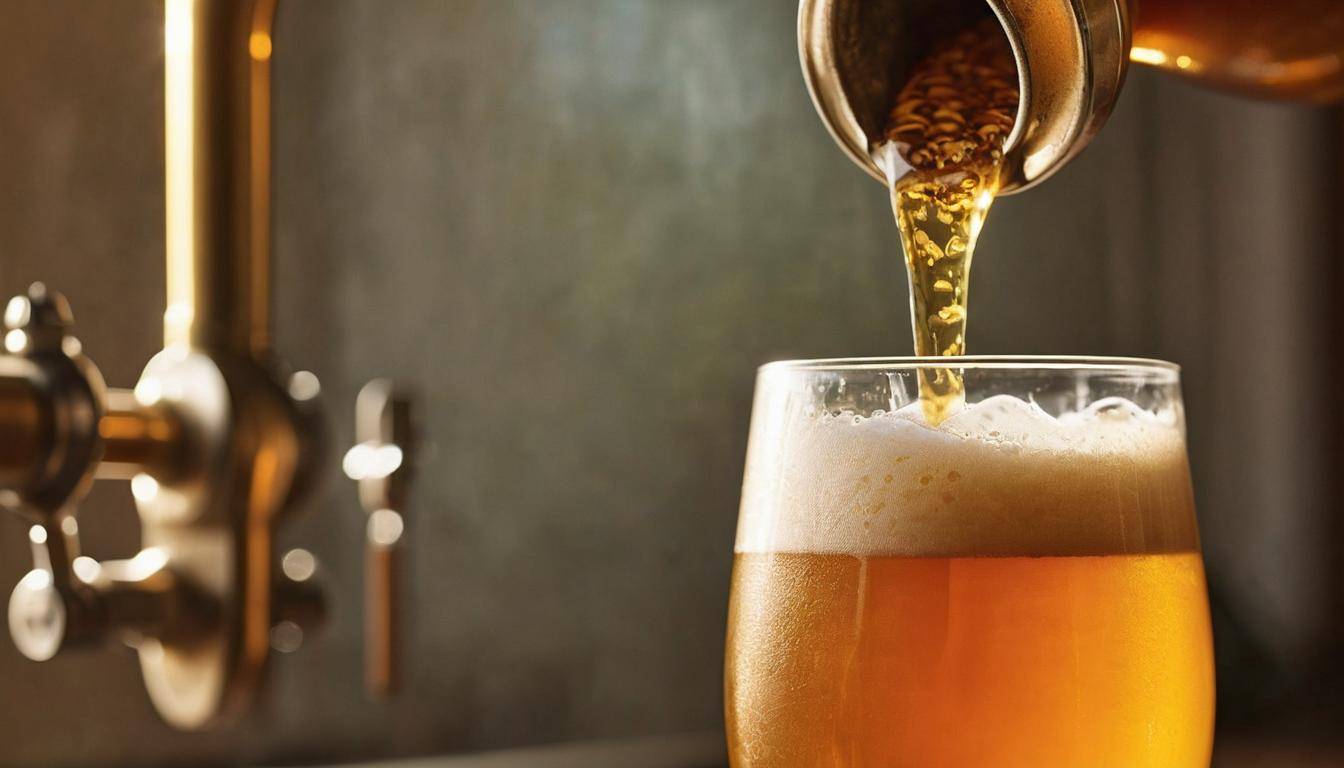
Once you’ve determined your alpha acid percentage, you need to focus on another critical aspect: utilization rate.
Step I: Measure Alpha Acids
Knowing how much bittering power your hops possess is essential for the next steps. Utilize that number well because it paves the way for further calculations. Now let’s discuss utilization rates.
Step II: Determine Utilization Rate
The utilization rate varies depending on the boil time of your hops. By understanding how boil time affects utilization, brewers can achieve the desired amount of bitterness and balance with the intended alcohol content and beer body. Longer boiling times enhance bitterness but can also diminish hop aroma, which is crucial for flavor nuances. Additionally, the quantity of hops added plays an important role in the resulting beer profile, including its color. Many brewers find it helpful to consult boiler utilization charts or specific software dedicated to brewing calculations; these resources can provide precise figures tailored to your recipe and brewing methods, factoring in the equipment used and the definition of desired outcomes.
With both alpha acids and utilization considered, it’s time to input your data, including factors such as polyphenols that may affect flavor characteristics and finish.
Step III: Input Data into Formula
Now that you have these necessary values, you can plug them into the Tinseth formula. The calculation works out as follows:
This formula allows for flexibility depending on different brewing scenarios. For instance, if you’re creating a bold IPA that requires a heavier hopping rate, you’ll adjust your inputs accordingly while maintaining an eye on overall balance in flavor, finish, and color.
“With precision and practice, calculating IBU can transform your brewing process from guesswork to artistry, ensuring a vibrant finish and captivating color.”
As an illustration of this process in action, consider Battle Horn Brewing’s “Thunder Stout,” which utilized this method and arrived at an impressive IBU of 60. This calculated bitterness aligns beautifully with its rich malt profile, showcasing how essential proper measurement is for achieving desired results, including the visual appeal of its inviting color.
By mastering these calculations and understanding how they interact with various beer styles, you’ll be better equipped to tailor each brew perfectly according to personal and guest preferences, always considering the quantity and quality of the ingredients you choose, and how they contribute to the final color and finish.
Different beer styles have distinct IBU ranges allowing you to anticipate a varying intensity of bitterness with each sip. The range is not only a numerical representation; it’s a guideline for what you might experience. A light lager may only have an IBU of 4 to 10, offering a soft and refreshing taste, while something more intense like a double IPA can reach as high as 100, delivering a robust hop-forward character that leaves a lasting impression.

IBU Levels Across Beer Styles
This table outlines the IBU range and hints at the underlying flavors you’d expect within each style. For instance, a pale ale often carries an IBU of about 30 to 50, allowing for more malty sweetness to balance the bitterness. This interplay between sweetness and bitterness is vital; it helps create a fuller tasting experience and prevents any one flavor from overwhelming your palate.
| Beer Style | IBU Range |
|---|---|
| Light Lager | 4 – 10 |
| Blond Ale | 14 – 25 |
| Pilsner | 25 – 45 |
| Pale Ale | 30 – 50 |
| IPA | 50 – 70 |
| Double IPA | 65 – 100 |
| Imperial Stout | 50 – 80 |
It’s not just about the number; it’s about what those numbers represent in your glass.
Consider the complex layers of flavors that come into play with higher IBU beers, such as West Coast IPAs, where you’ll find unique notes ranging from citrus and pine to resin. An imperial stout with an IBU between 50 and 80 engages you differently, as its richness typically counterbalances the bitterness with robust chocolate or coffee flavors. Elements like polyphenols contribute to these complex taste profiles, enhancing the sensory experience. Whether you’re indulging in a full-bodied brew or a crisp, light option, understanding these differences enhances your overall enjoyment and helps guide your choices.
Now that we recognize how various IBU levels inform our expectations regarding beer styles, it’s essential to explore how elements like malt character and hop aroma further influence the perception of bitterness in our favorite brews.
Bitterness is only one piece of the puzzle when it comes to a beer’s overall flavor profile. Just as an experienced chef balances seasonings in a dish, brewers carefully select ingredients that complement each other, creating a well-rounded experience for the drinker. The careful calculation of quantity and definition of brewing parameters ensures a successful outcome. Sweet malts play an essential role in this equation, often counteracting bitter hops to produce smoother and more enjoyable brews. When you take a sip, pay attention to how these flavors dance together, enhancing the beer’s overall strength by weaving diverse tastes into a cohesive experience.
Balancing Bitterness with Other Flavors
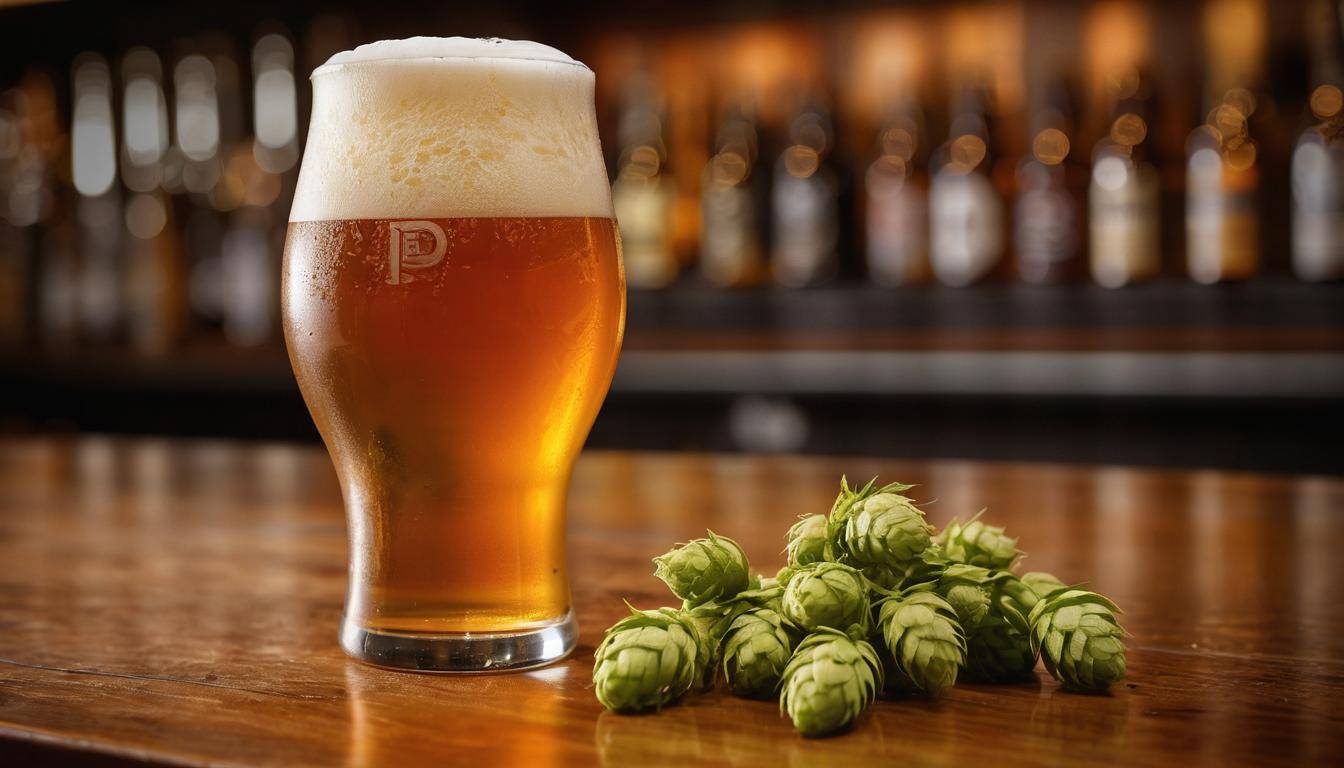
For instance, imagine enjoying a high IBU Imperial Stout. At first sip, you might notice the bold bitterness, but then delightful notes of chocolate or coffee emerge, softening that initial sharpness. This balance transforms the drinking experience from merely tolerating bitterness to savoring conflicting yet complementary flavors. Strength in brewing is showcased in Battle Horn’s “Honey Dew Saison,” where the moderate 30 IBUs are beautifully contrasted with honey malts, which brings a touch of sweetness that enhances rather than detracts from its delicious complexity.
The key takeaway here is that good beers will utilize specific flavors not just to shine individually but to bring out the best in one another, demonstrating both technical and flavor strength in their complexity.
As you’re tasting different styles of beer, it’s crucial to expand your palate beyond just focusing on bitterness. *Pay attention to fruity esters*, which can provide hints of banana or pear, *or spicy phenols* that might add clove-like characteristics. By honing in on these subtler elements, you gain a deeper strength in understanding what makes each brew unique—a complex symphony rather than a single note.
One tool brewers often employ is using diverse hop varieties within a single batch. For example, combining citrus-forward hops with earthy or resinous ones can significantly alter the flavor landscape while maintaining balance with malt sweetness, strengthening the overall profile of the beer.
Emphasizing this thoughtful combination of ingredients not only facilitates an exquisite brewing process but also shapes our tasting preferences as we explore the diverse world of craft beer, thereby strengthening consumer appreciation for complex flavor profiles.
Understanding International Bitterness Units (IBU) can significantly transform both the brewing process and the enjoyment of your favorite beverages. When brewers set out to create a new beer, they don’t just throw in hops haphazardly; they consider the desired IBU value. For instance, if you’re aiming for a light and smooth ale, you’ll typically target a lower IBU, selecting hop varieties that impart milder bitterness. This strategic approach allows brewers to manipulate and strengthen flavors precisely, creating balanced beers that leave consumers craving more.
Utilizing IBU for Brewing and Tasting Preferences
At Battle Horn Brewing, this practice is not only part of our philosophy; it’s an integral aspect of how we craft each recipe. Our brewmasters often express that “The IBU is a compass guiding us to the flavor we envision.” This means every decision made during brewing—from the choice of ingredients to the timing of hop additions—aligns with our planned IBU. Higher IBUs might be employed for robust IPAs where bold, complex flavors are king, while lower values suit lighter styles like Blonde Ales where the beer’s refreshing nature shines.
But how does this knowledge transfer to you as a consumer looking to choose the right beer? Understanding these elements imbues you with the strength to make informed and delightful choices in your craft beer journey.

Knowing your personal IBU preferences is invaluable when navigating through the vast options available at your local brewery or bottle shop. If you enjoy pronounced bitterness, don’t hesitate to reach for beers with higher IBU numbers. Styles like IPAs, especially Hazy or Double IPAs, generally fall into the 50-100+ IBU range and will satisfy anyone looking for an intense hop experience. On the other hand, if your palate leans towards something more subtle and balanced, Pilsners or Amber Ales are great choices due to their lower IBU, typically ranging from 4-25.
Crafting and choosing beers with a better understanding of IBUs not only enhances your selection but also deepens your appreciation for these intricate and delightful beverages. As you explore different brews, pay attention to their IBU ratings; they can help guide your choices on what to enjoy next.
For more details and to try our expertly crafted brews guided by our understanding of IBUs, visit us at Battle Horn Brewing. Here at Battle Horn, we believe in celebrating the science behind flavor while crafting unique experiences in every glass.
